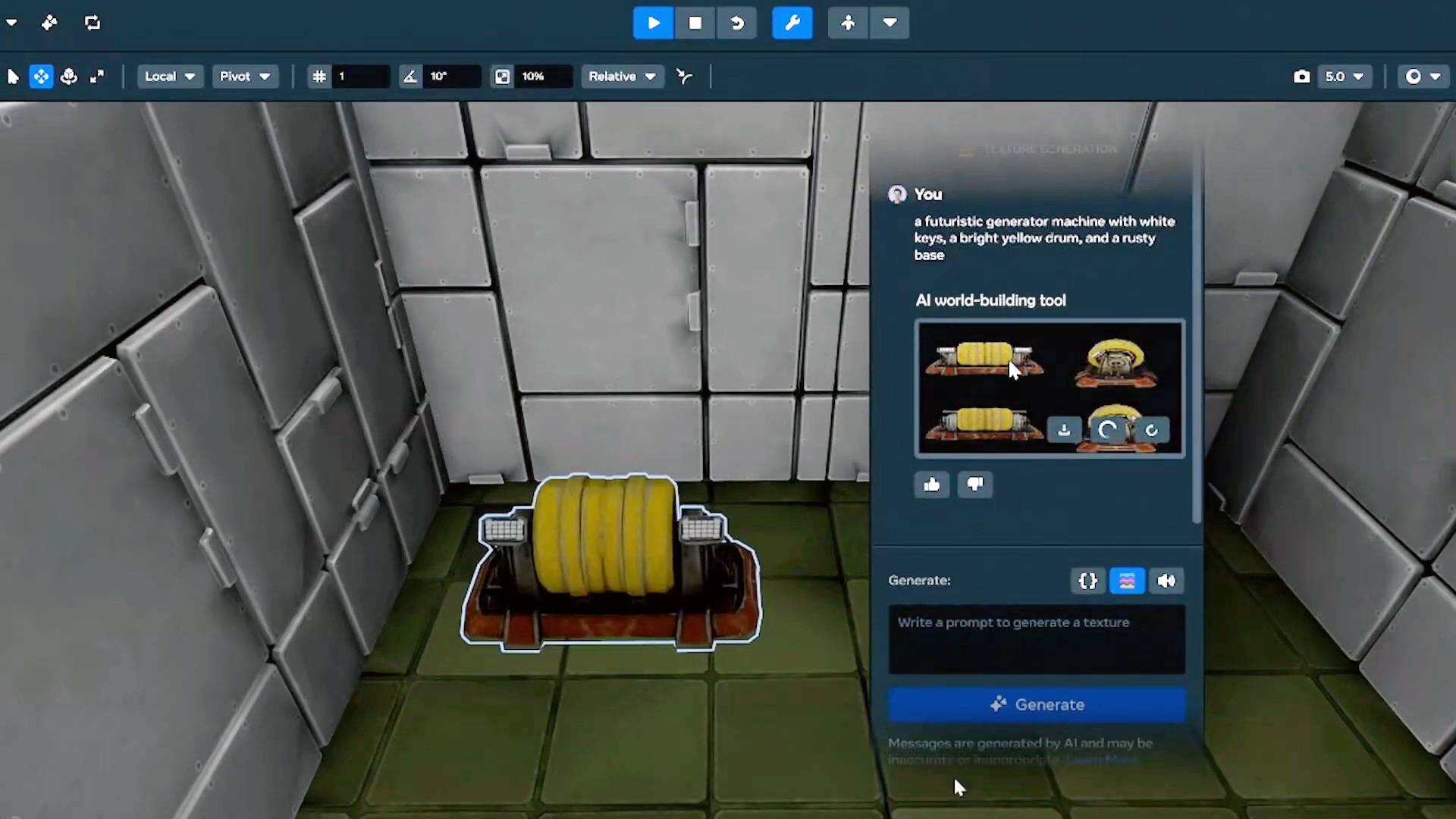How space missions make discoveries on the way to their main destinations
Maybe the real treasure was the flyby science we did along the way. The post How space missions make discoveries on the way to their main destinations appeared first on Popular Science.

To get somewhere in outer space, you can’t exactly drive in a straight line. Orbits are tricky things, and sending a probe to a faraway planet involves lots of loop-de-loops around other planets on the way. These moves are known as gravity assists, where a spacecraft swings by a massive planet to slingshot itself towards its destination.
These trajectory tricks are more than just pit stops on the long journey—they can be prime time to do some bonus science before the spacecraft’s main mission. Many solar system missions have made significant discoveries during such flybys, from the earliest probes of the 1970s to BepiColombo’s recent Mercury flyby and perhaps Europa Clipper’s Mars flyby happening next month.
[ Credit: Scientists explain why BepiColombo’s mission to Mercury is so tricky ]
The planets closest to Earth get the most flyby action: Mars, Venus, and of course, Earth itself. Just last year (and twice before in 2020 and 2021), NASA’s Parker Solar Probe dipped by Venus, helping the spacecraft get closer to the Sun than any other human made object before it. One of Parker’s cameras was pointed at Venus to track changes in our neighboring planet’s thick clouds, but it also gave scientists a surprise—at longer wavelengths of light, the camera was able to peer down to Venus’s ultra-hot surface. These images revealed strange differences from observations of Venus’s surface by the Magellan spacecraft in the 1990s, which may be details missed by the earlier images such as places where the ground is made of different materials.

The famous Cassini mission to Saturn also made two trips to Venus in 1998 and 1999. Using its various instruments, Cassini measured the amount of dust in the inner solar system, plus ions and other particles streaming off the Sun. It even took some photos of Earth’s Moon when it passed by us. Since this particular mission was traveling farther out in our solar system, it also did a flyby of Jupiter, spending about six months exploring the giant planet. Cassini revealed a second storm similar to the Great Red Spot, and recorded how small storms globbed on to large storms to make even bigger storms in Jupiter’s tumultuous atmosphere.

The New Horizons mission provided yet another view of Jupiter on its way to Pluto—images from this particular spacecraft showed lightning at Jupiter’s poles (something that had before only been seen on Earth), and evidence of a recent collision inside Jupiter’s very thin rings. New Horizons also took a peek at Jupiter’s moon Io, looking into its volcanic activity.
For both Cassini and New Horizons, these Jupiter encounters also served another purpose: a sort of “dress rehearsal” for their main missions. With a target as big and exciting as Jupiter, scientists turned on the spacecrafts’ instruments that had been hibernating on the long trip there, using the opportunity to work out any kinks in their software before the real showtime. This is especially critical for a mission like New Horizons, which wasn’t actually stopping at its destination; it took data as it zoomed past over the course of a couple months, unlike Cassini which orbited Saturn for almost two decades.

Not all targets are as spectacularly large as Jupiter, though. New Horizons also passed by an asteroid named 132524 APL—not for a gravity assist, but just because it happened to be in the neighborhood. Measurements from the spacecraft helped scientists confirm this particular asteroid is made of silicates, nickel, and iron. Another mission did this first, nearly two decades earlier, when the Galileo probe to Jupiter swung by the asteroid Gaspra to produce the first ever close-up image of an asteroid. Galileo then snapped a photo of the asteroid Ida a few years later on its voyage.

When these worlds are so difficult to visit—missions cost millions to billions of dollars, and it takes years to reach the outer solar system—any amount of information we can gain is helpful for scientists. Keep an eye out to see what Europa Clipper finds at Mars next month, and what Psyche (a mission to a metal asteroid) spots on Mars in 2026!
The post How space missions make discoveries on the way to their main destinations appeared first on Popular Science.




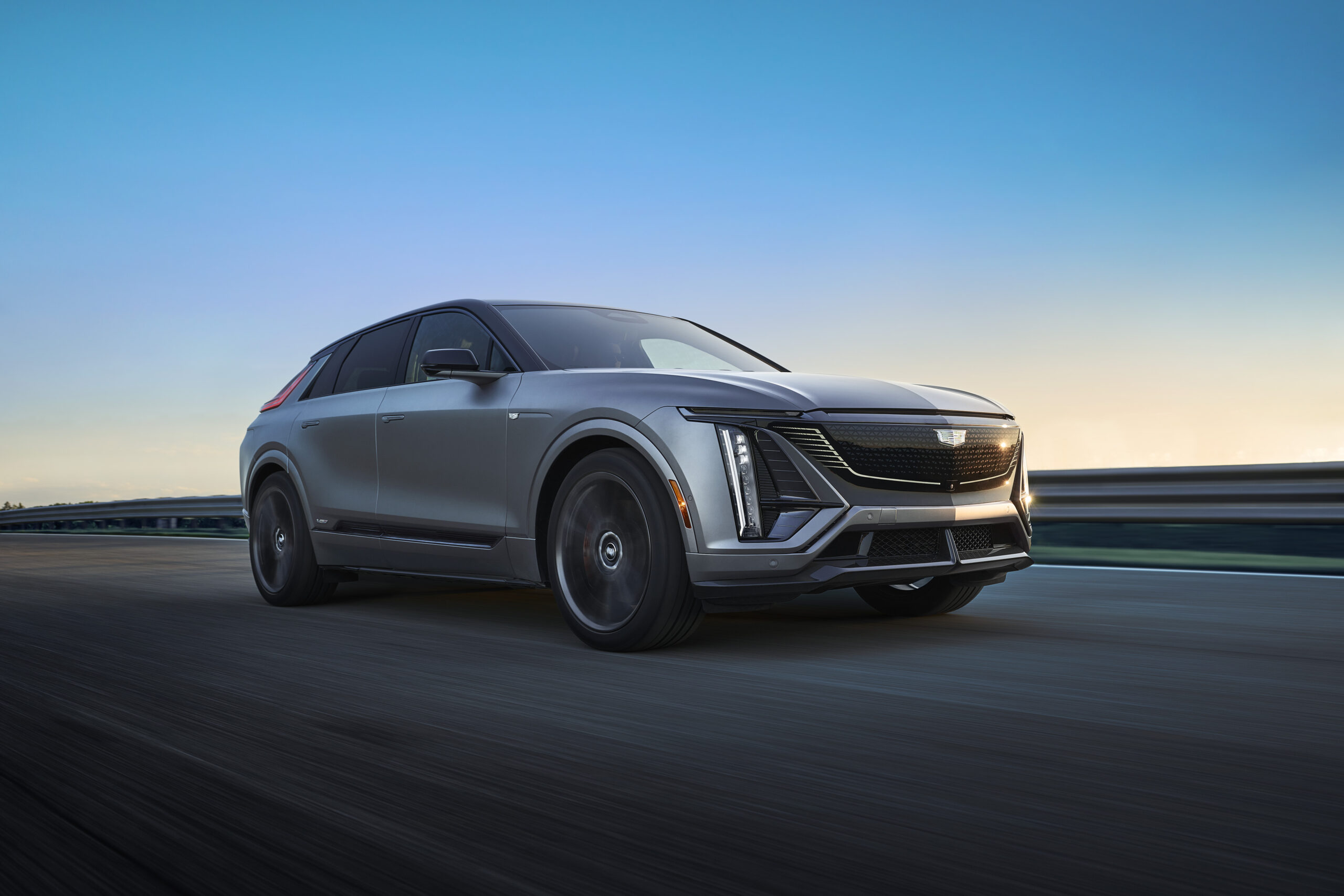









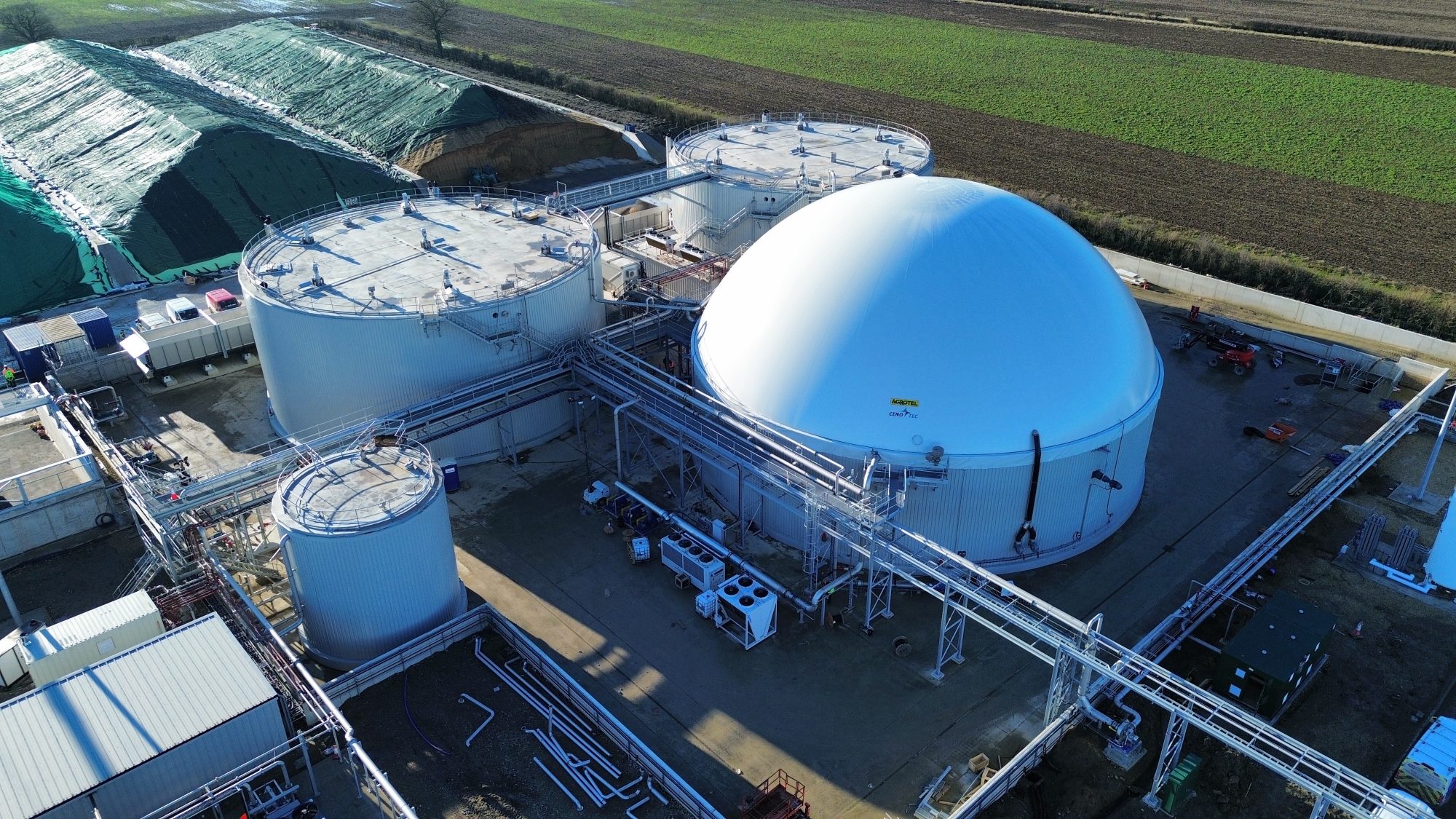









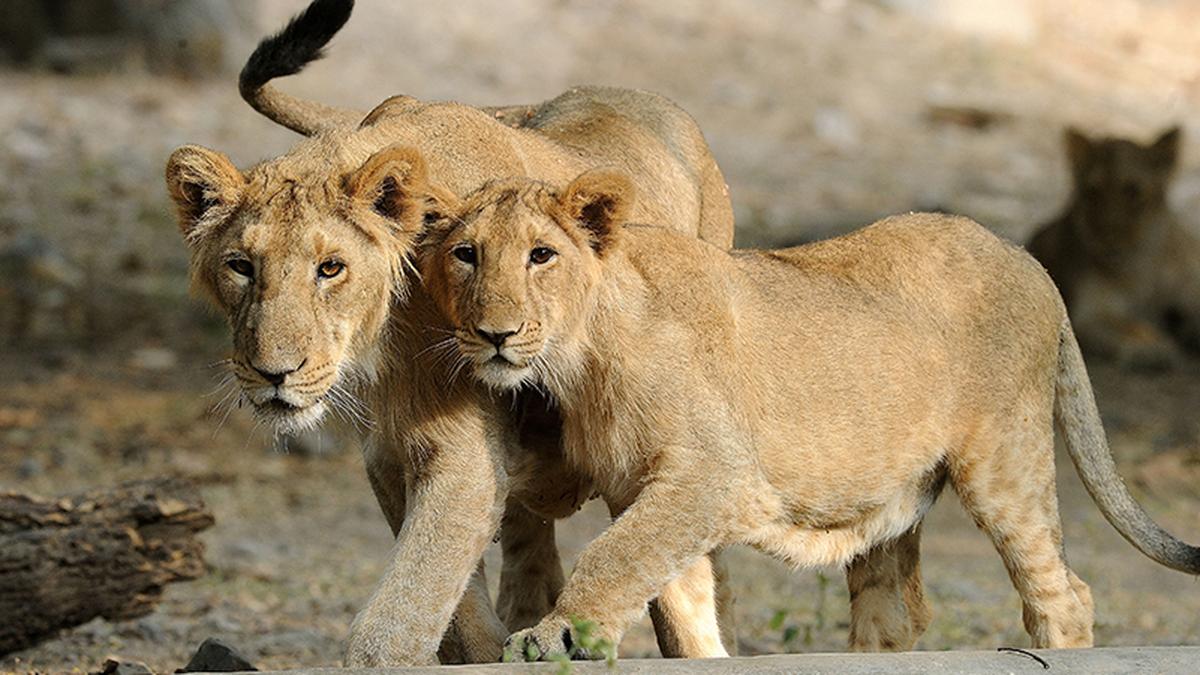







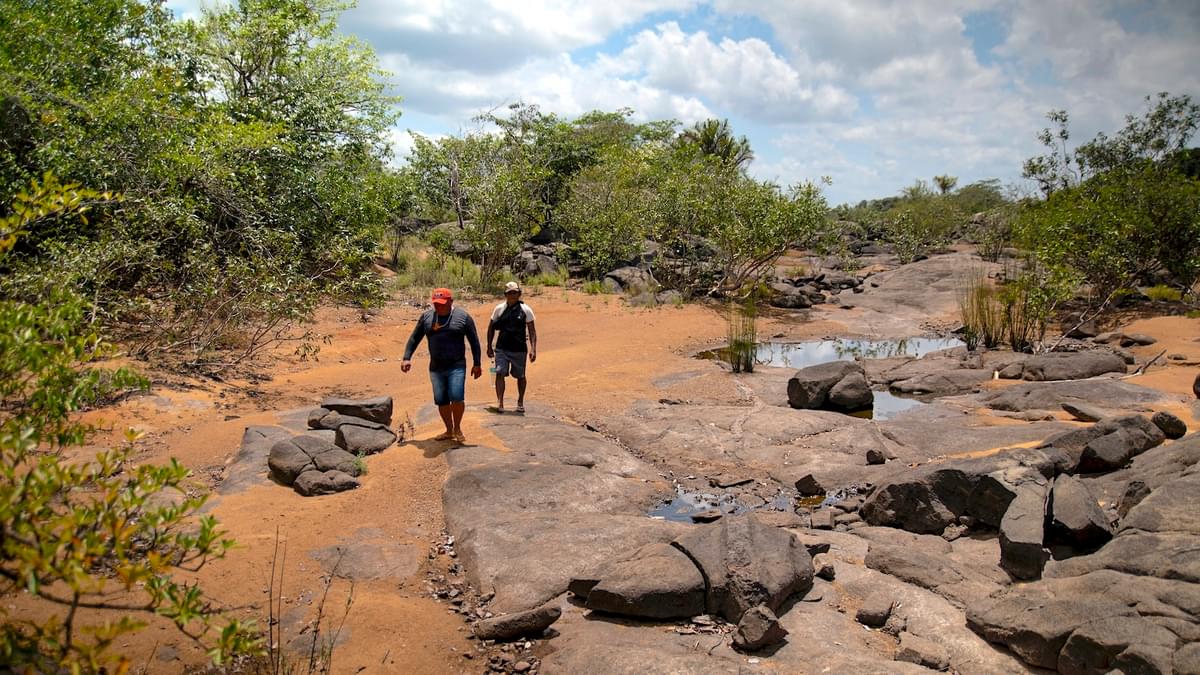
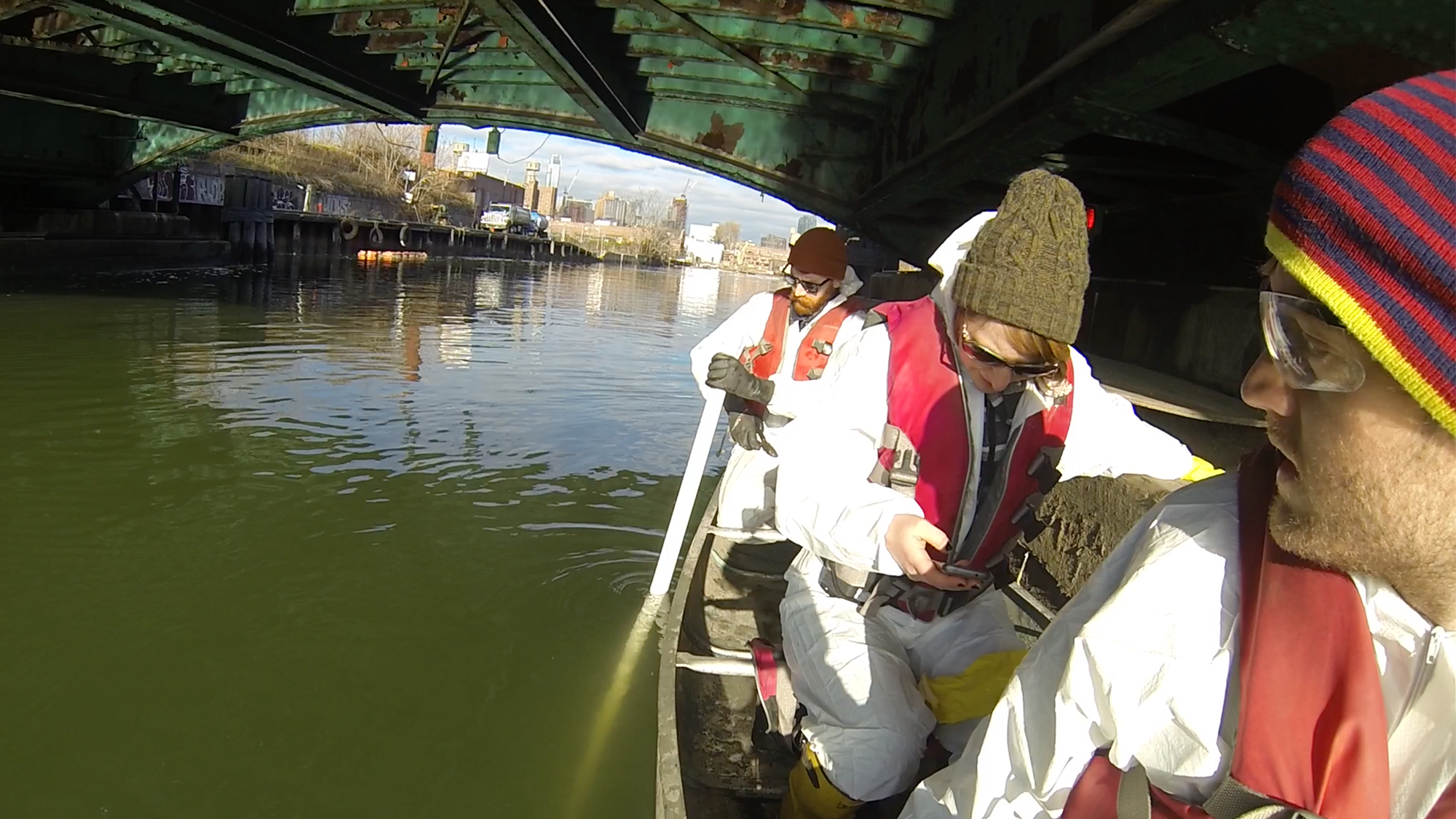



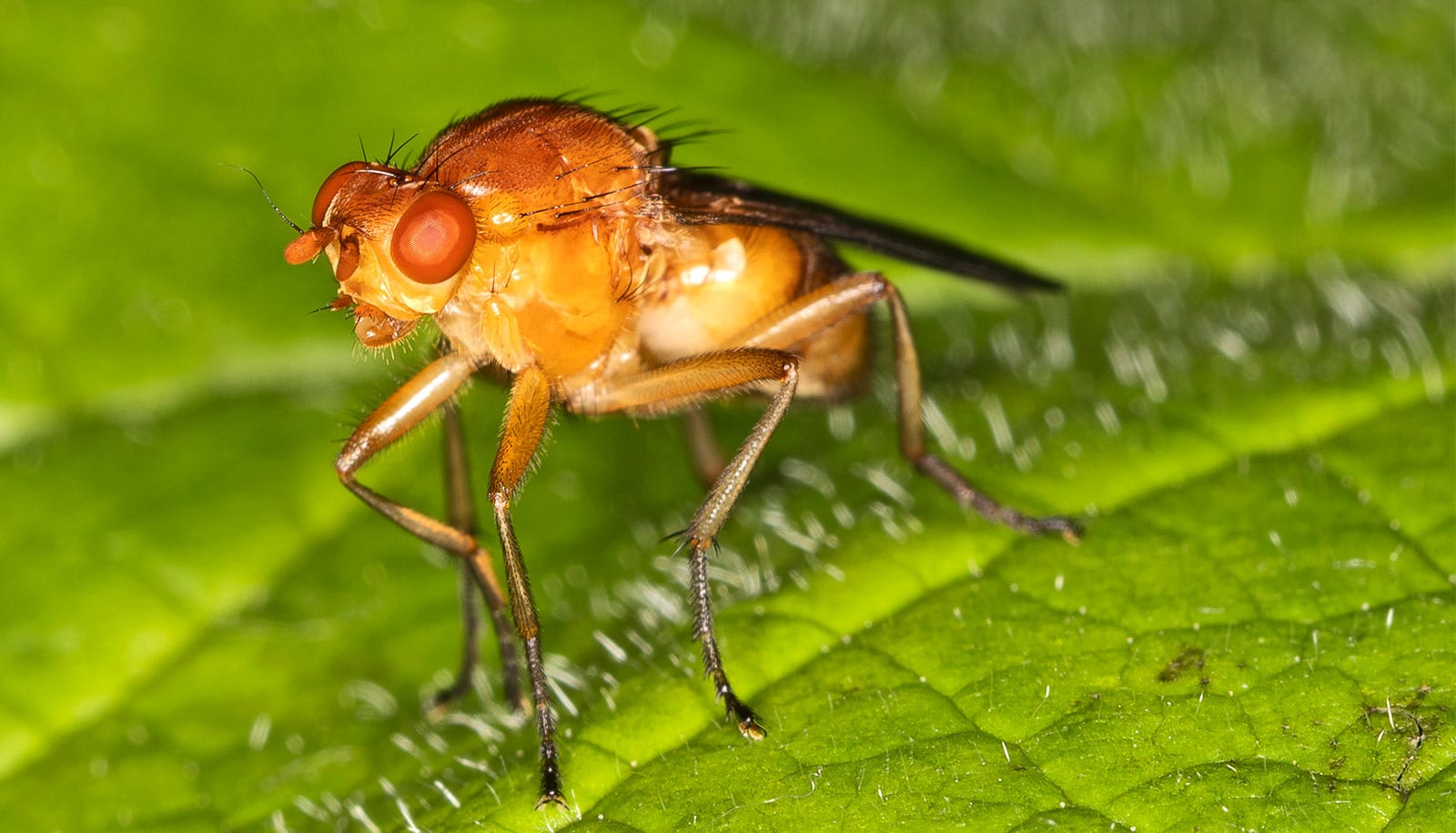



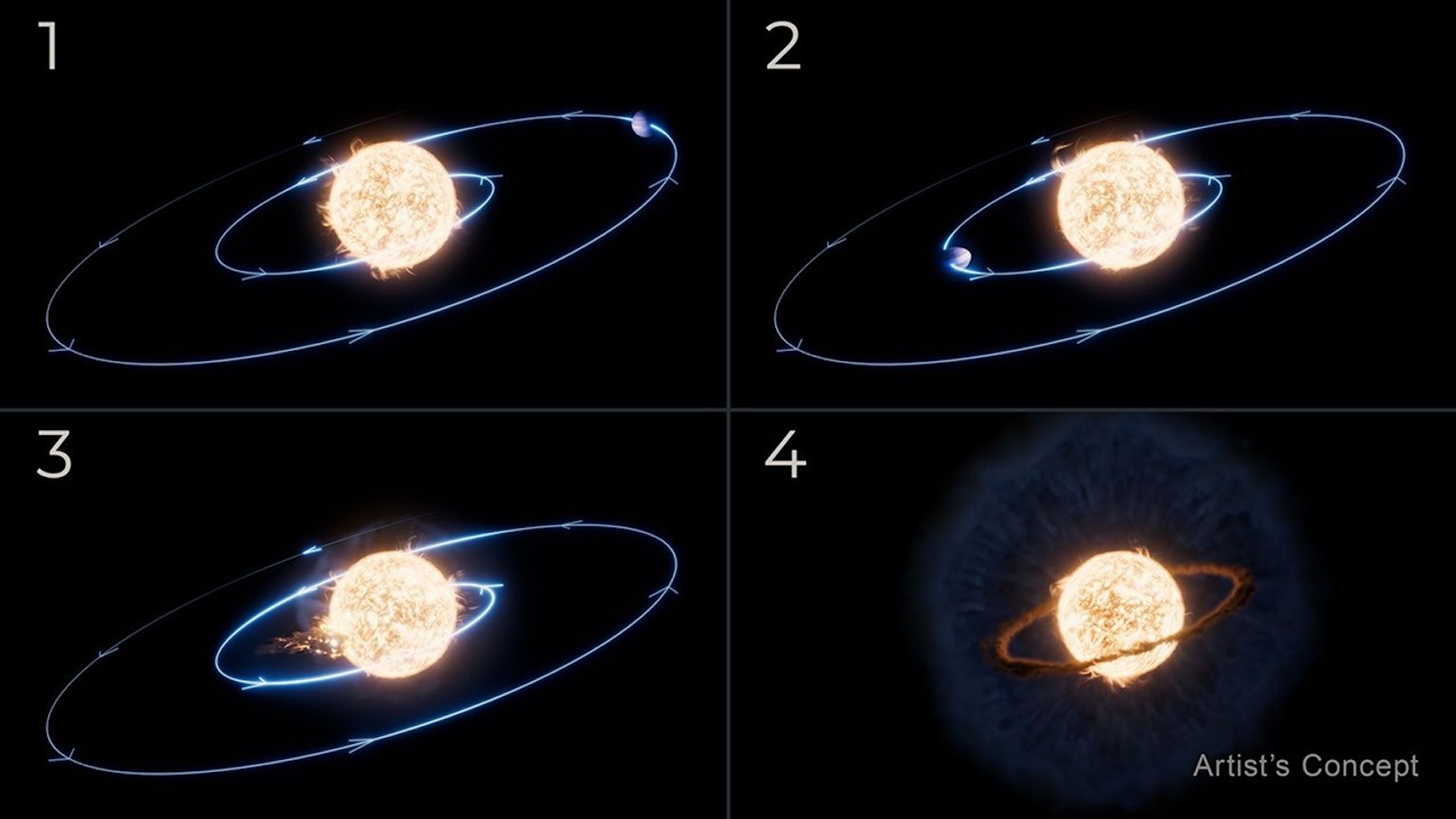
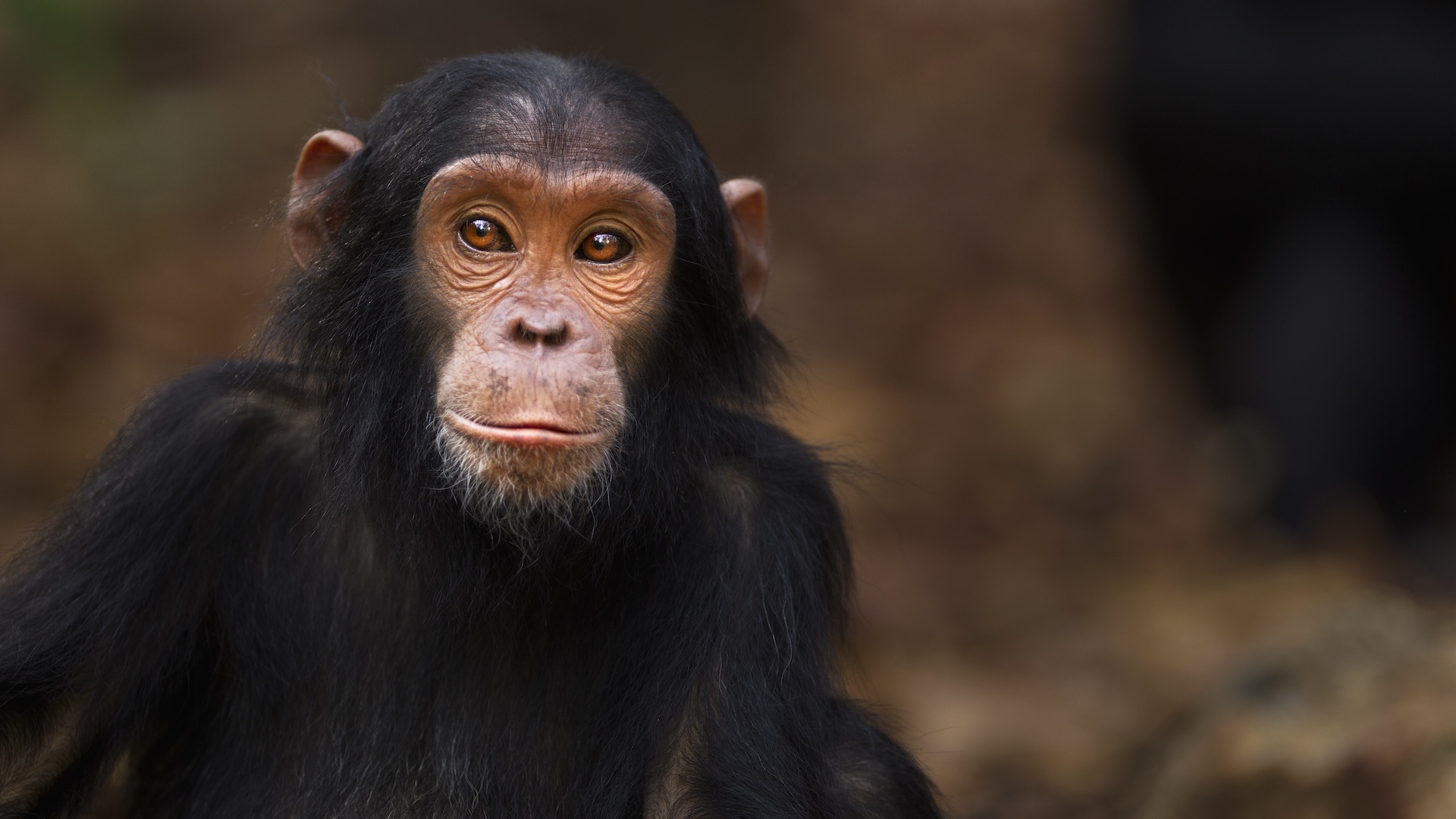

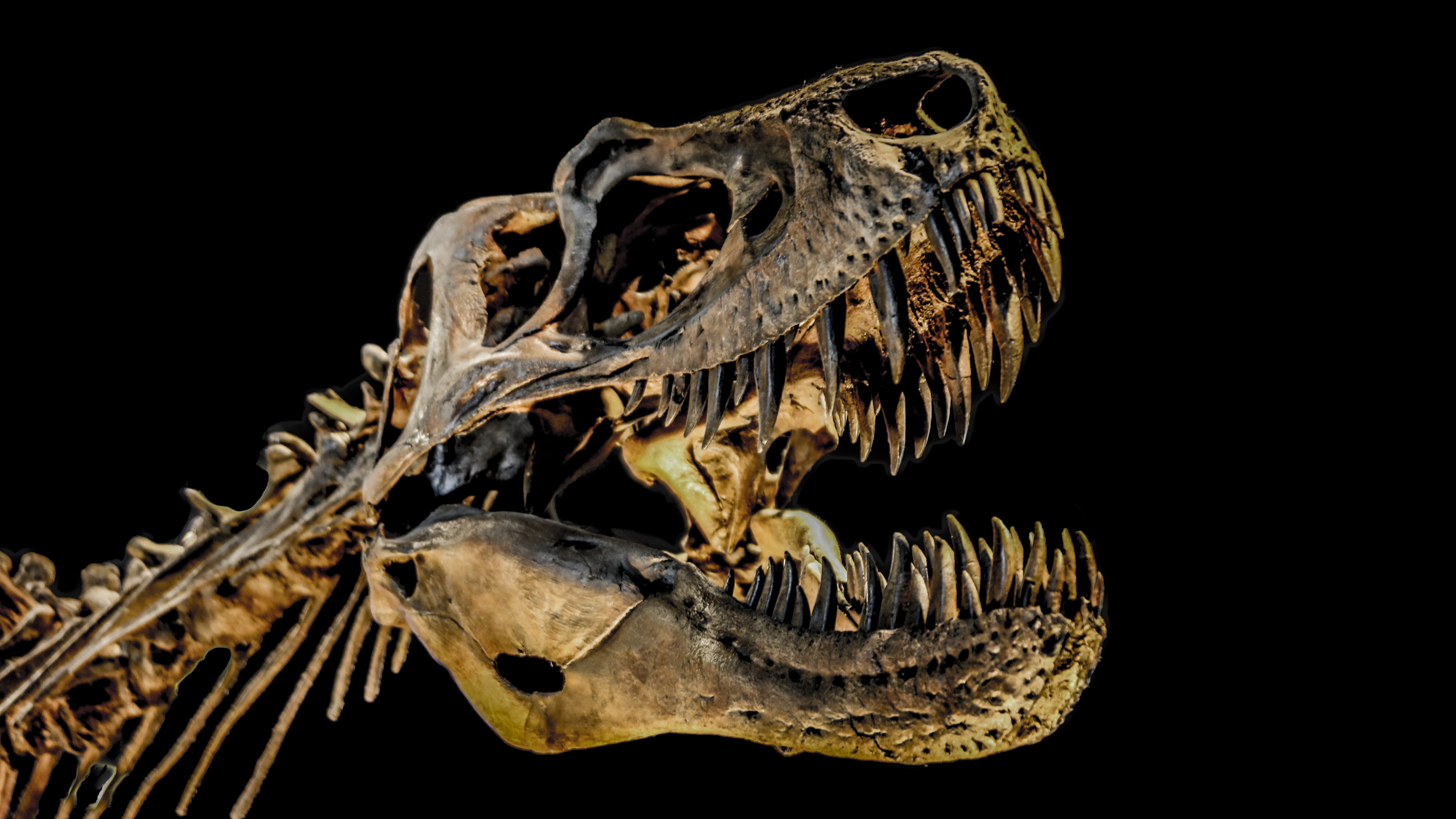
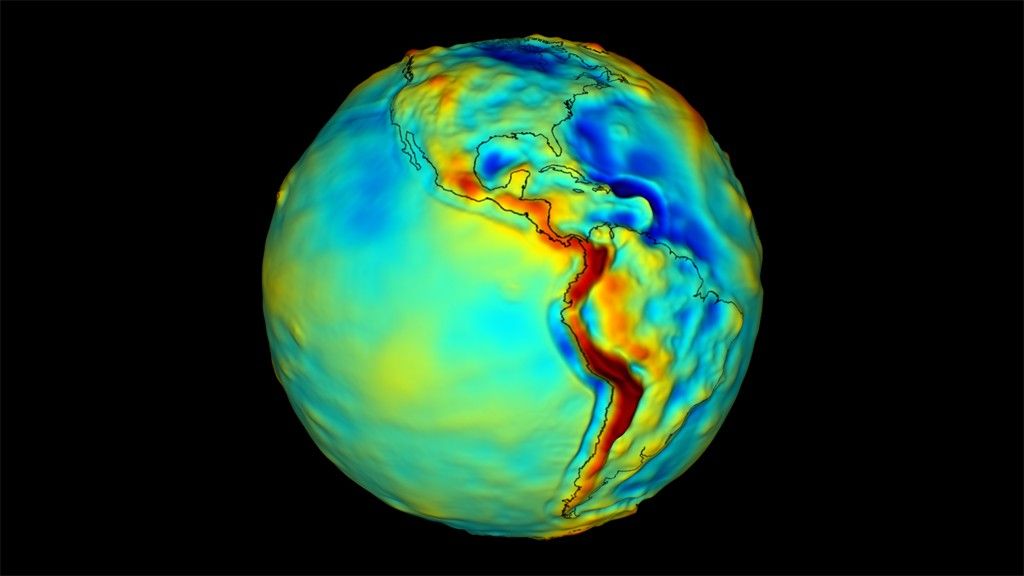
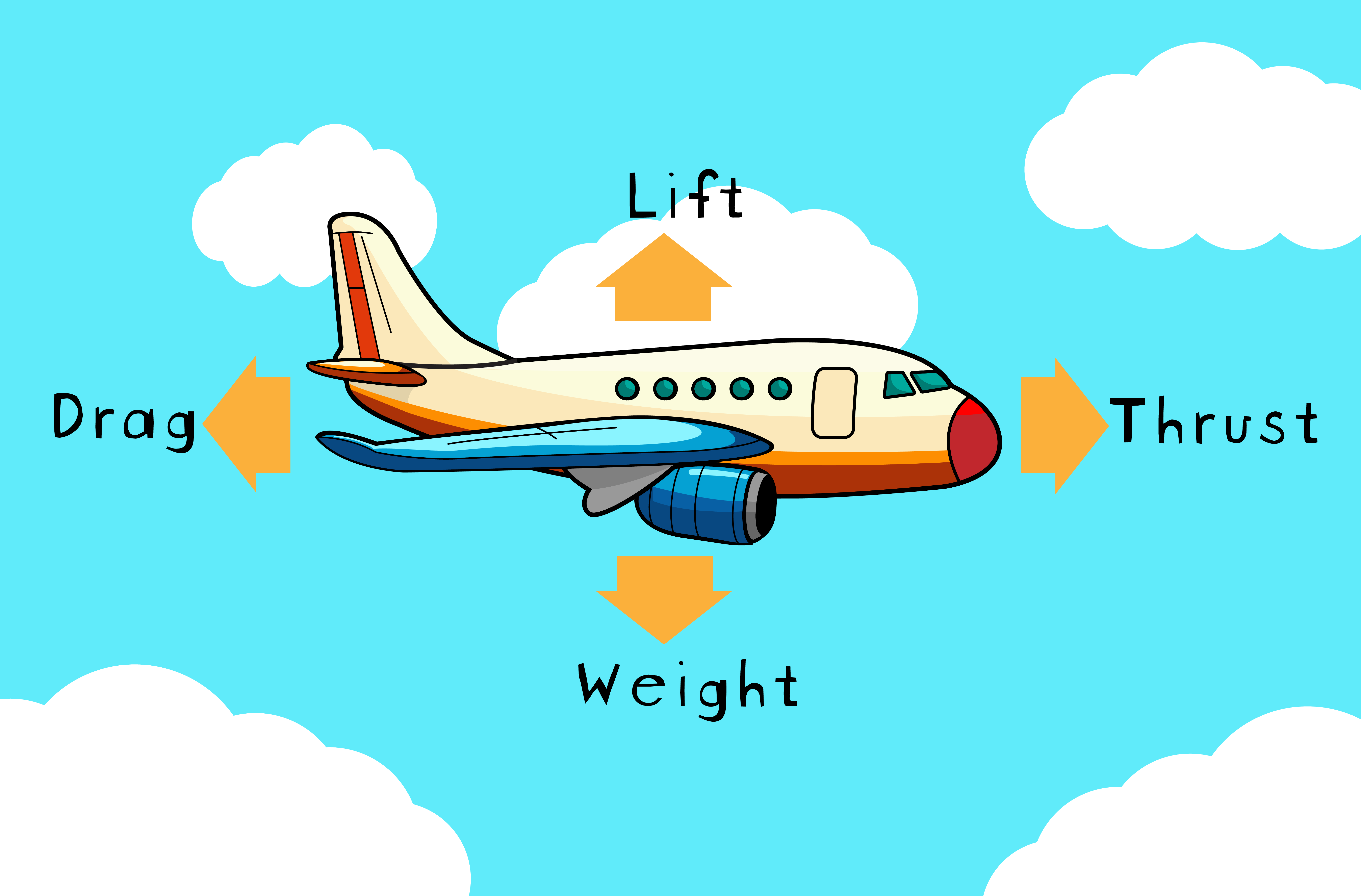


















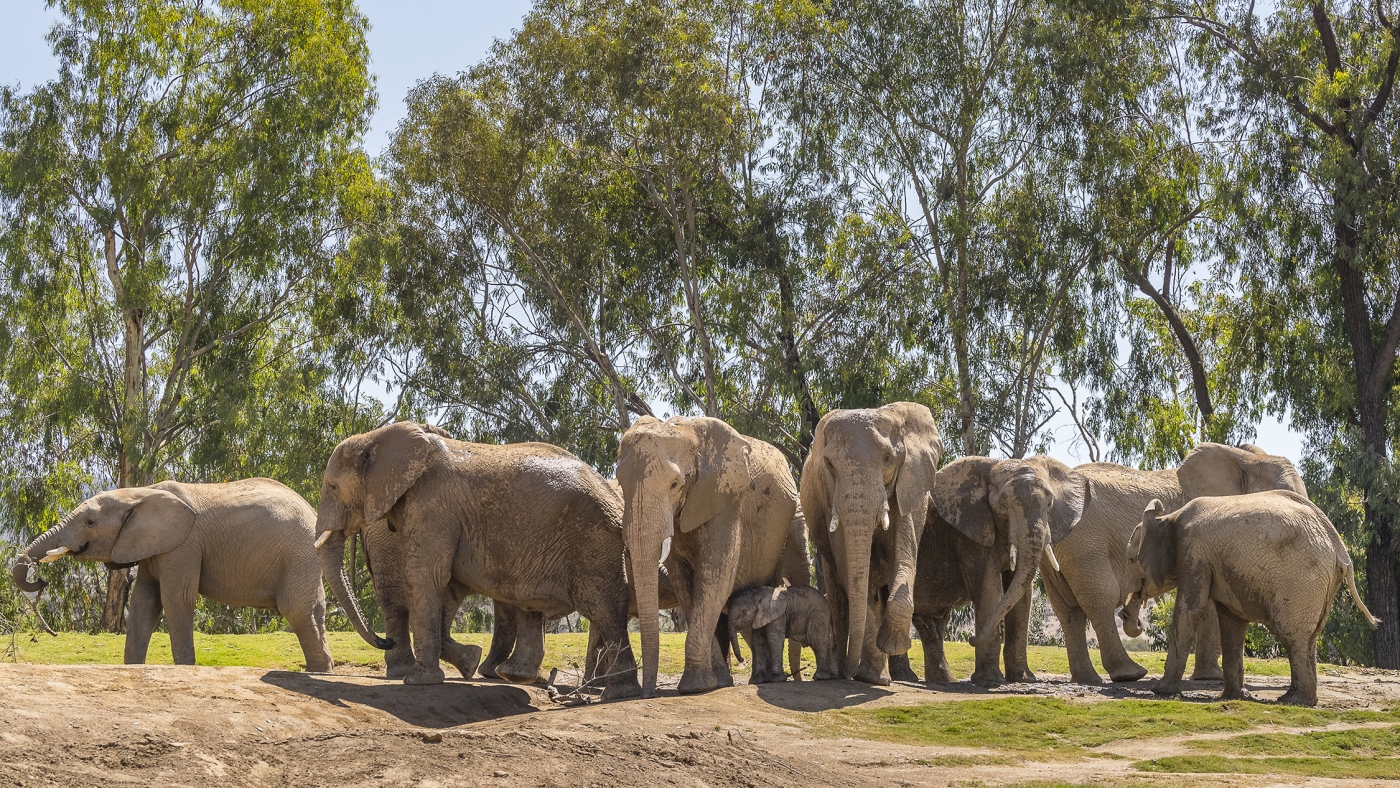





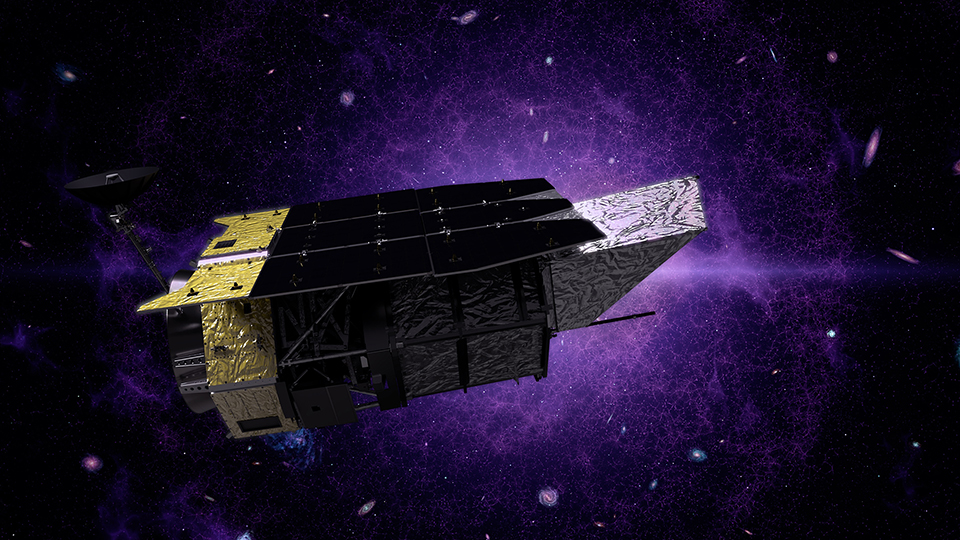




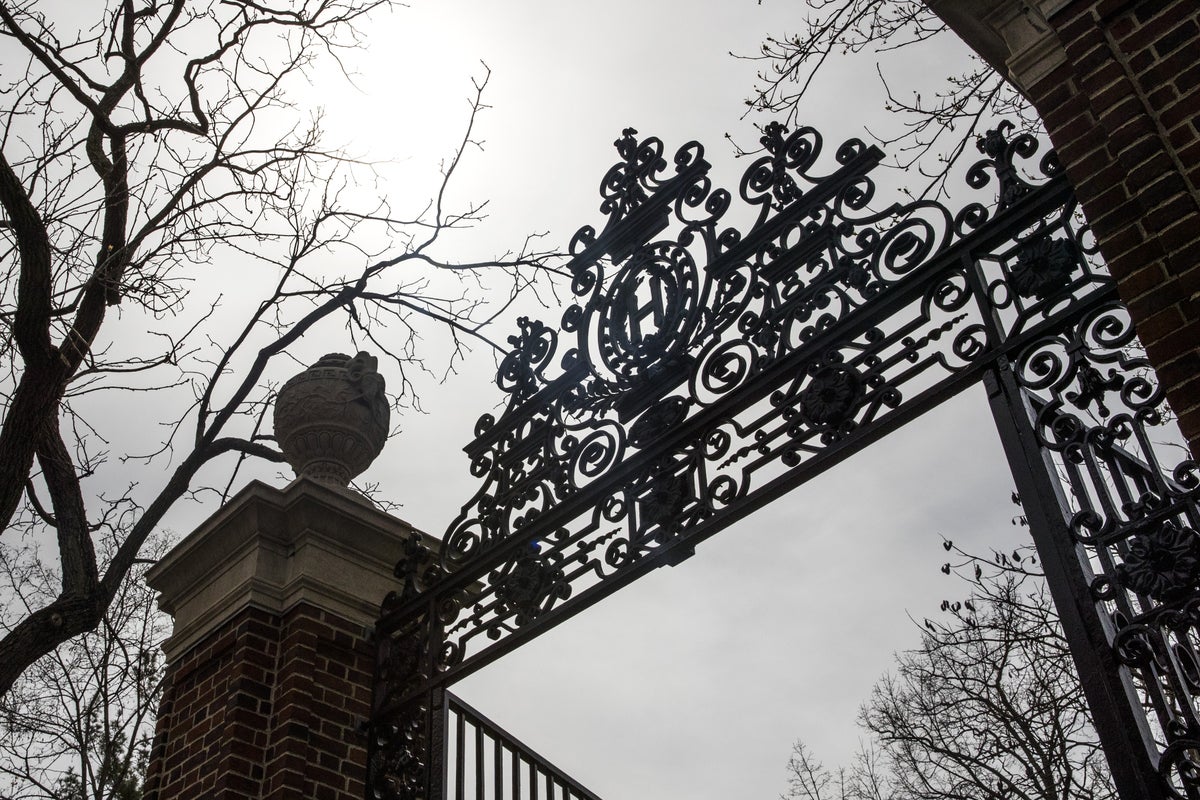
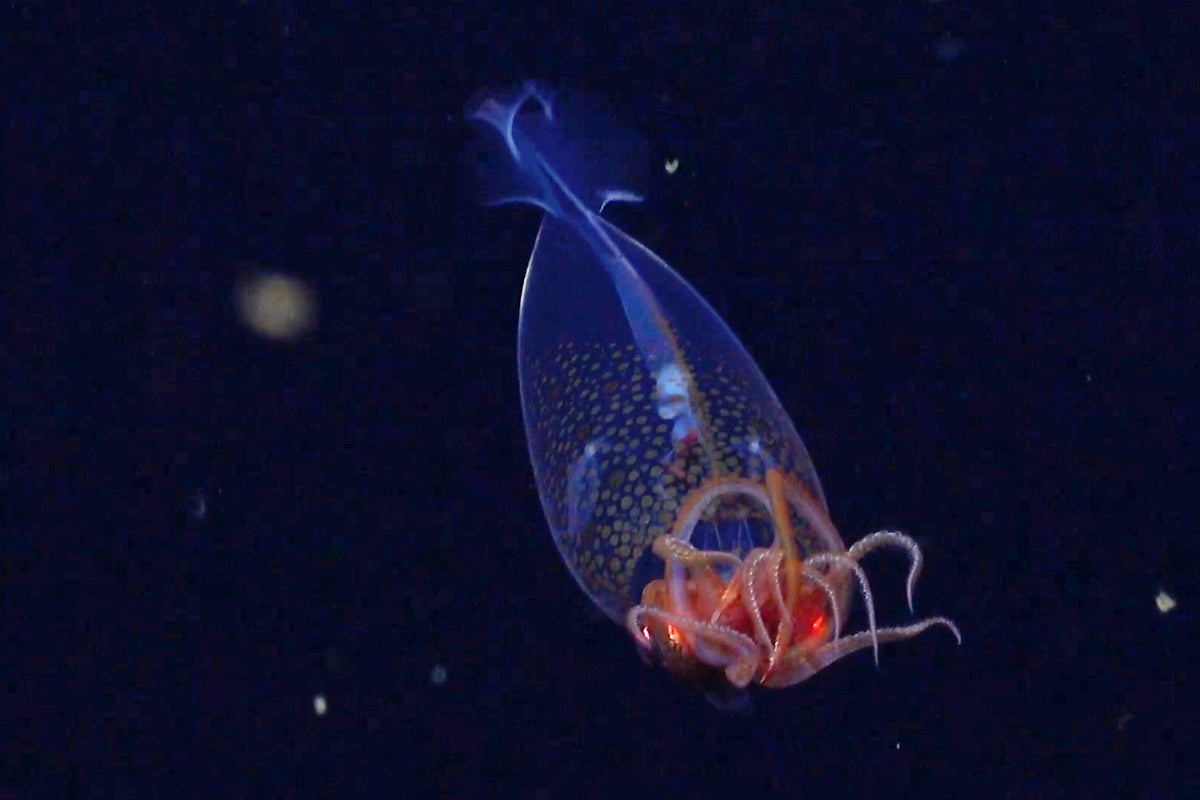
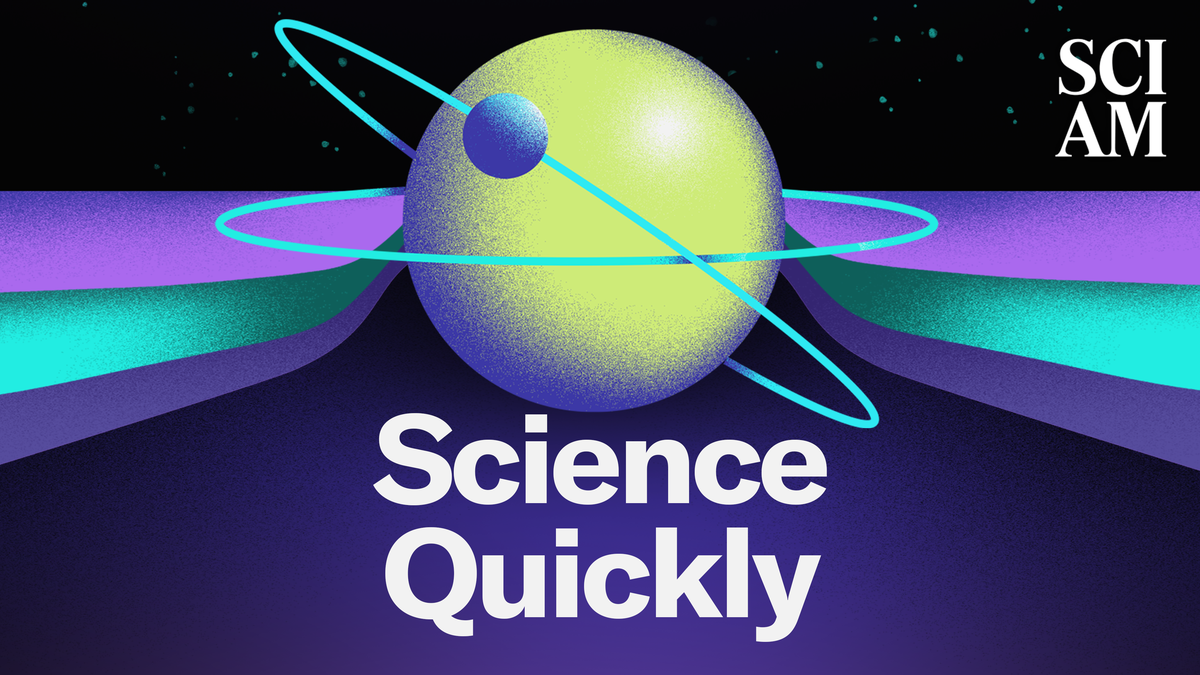

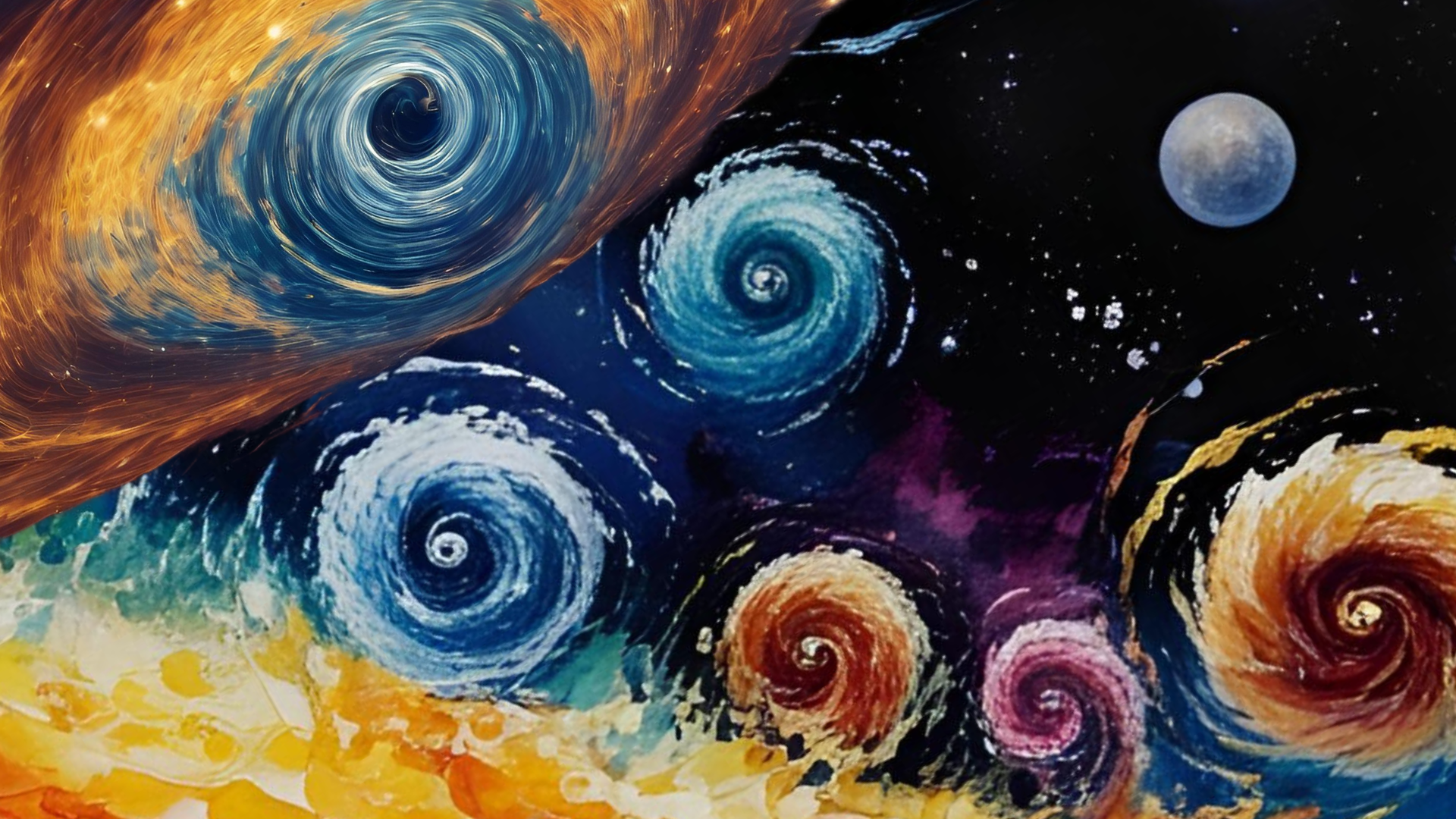
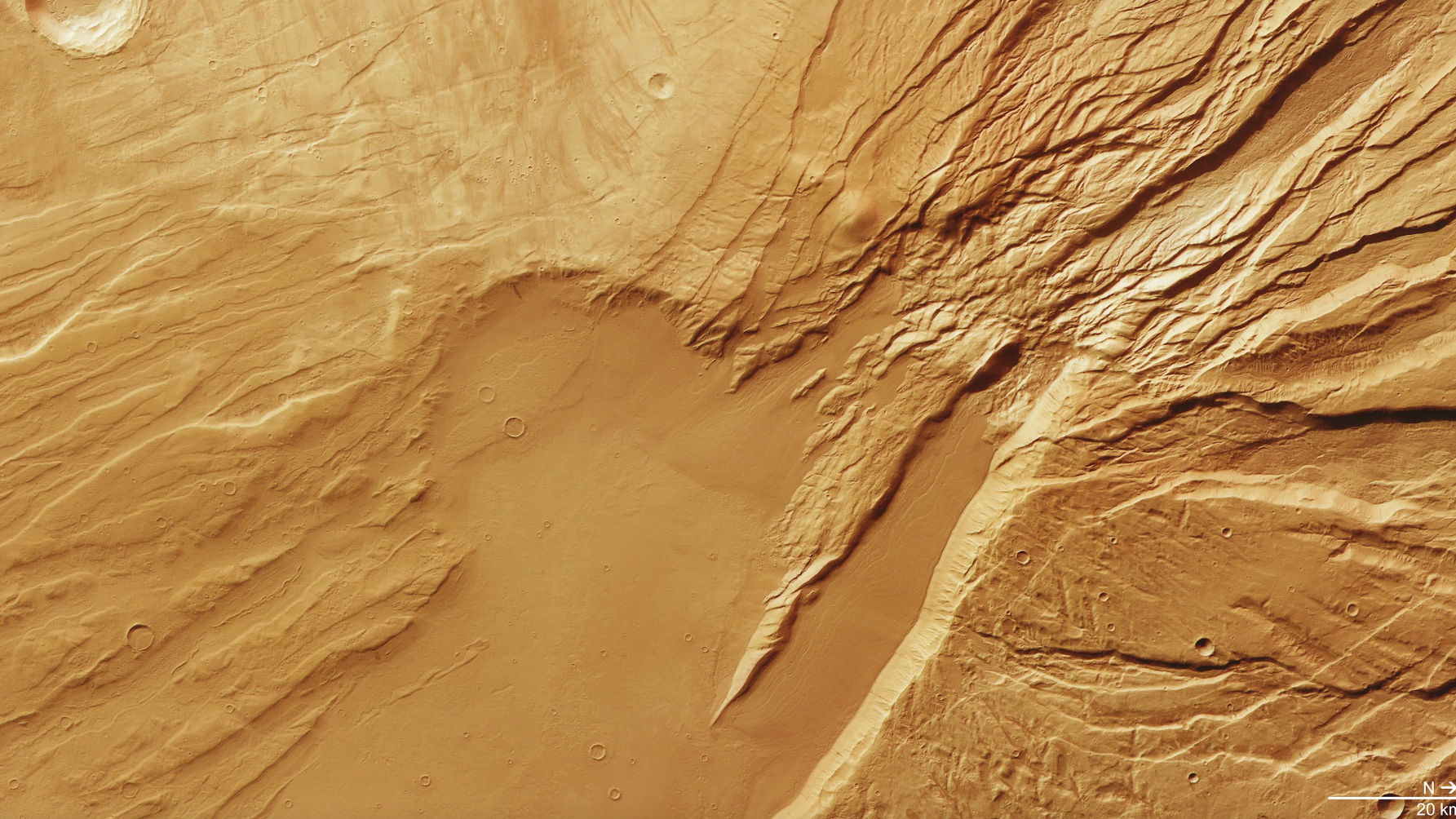
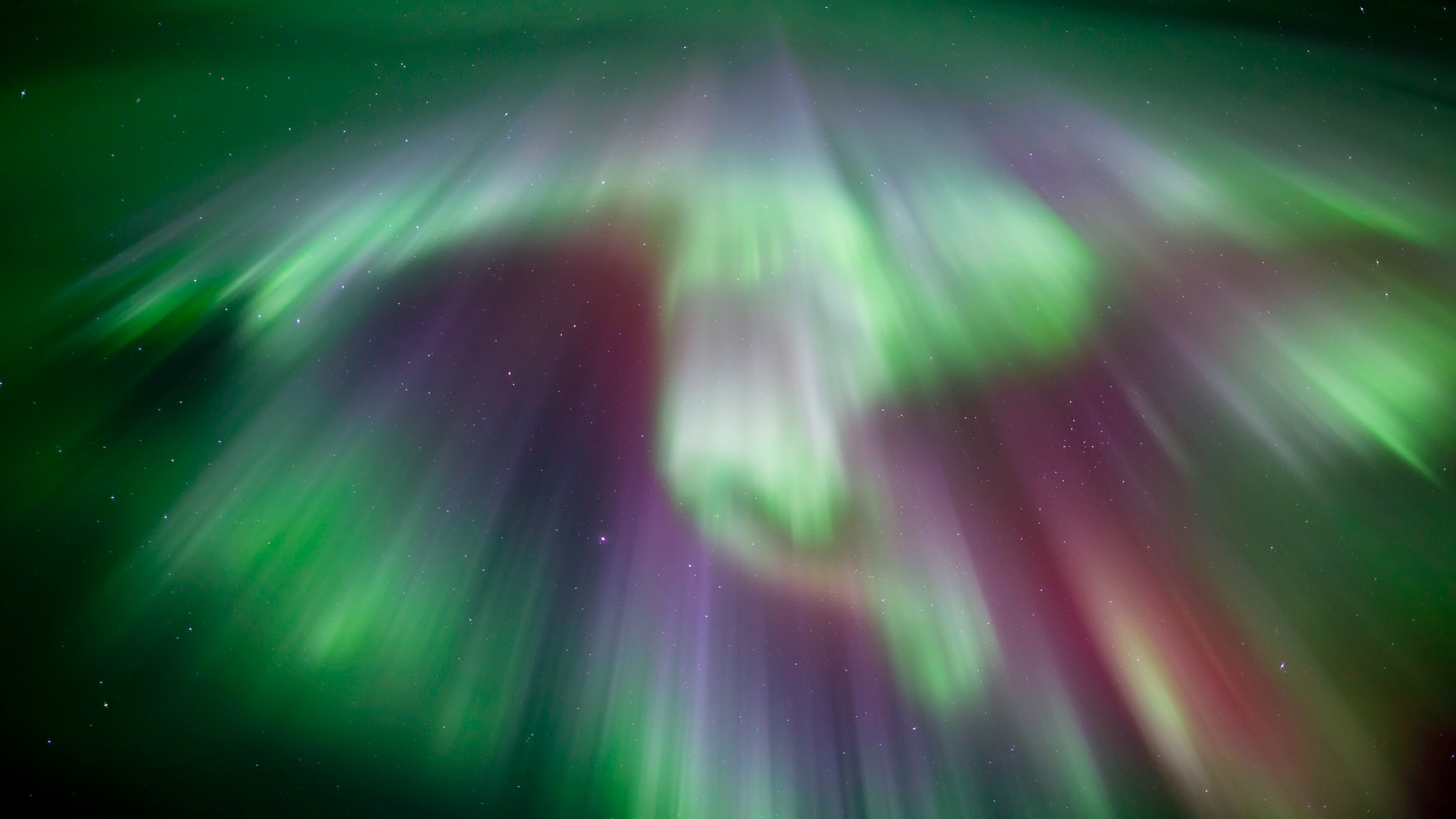
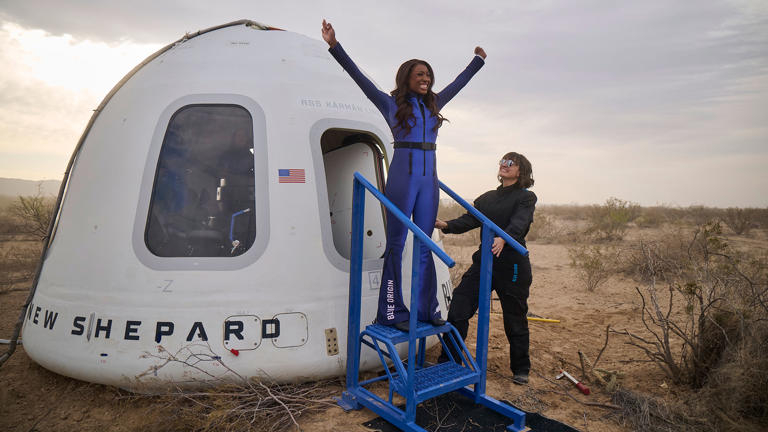

































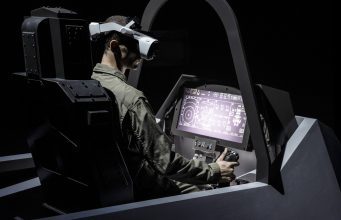


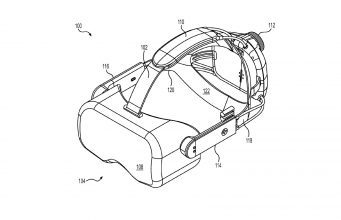



![The breaking news round-up: Decagear launches today, Pimax announces new headsets, and more! [APRIL FOOL’S]](https://i0.wp.com/skarredghost.com/wp-content/uploads/2025/03/lawk_glasses_handson.jpg?fit=1366%2C1025&ssl=1)



